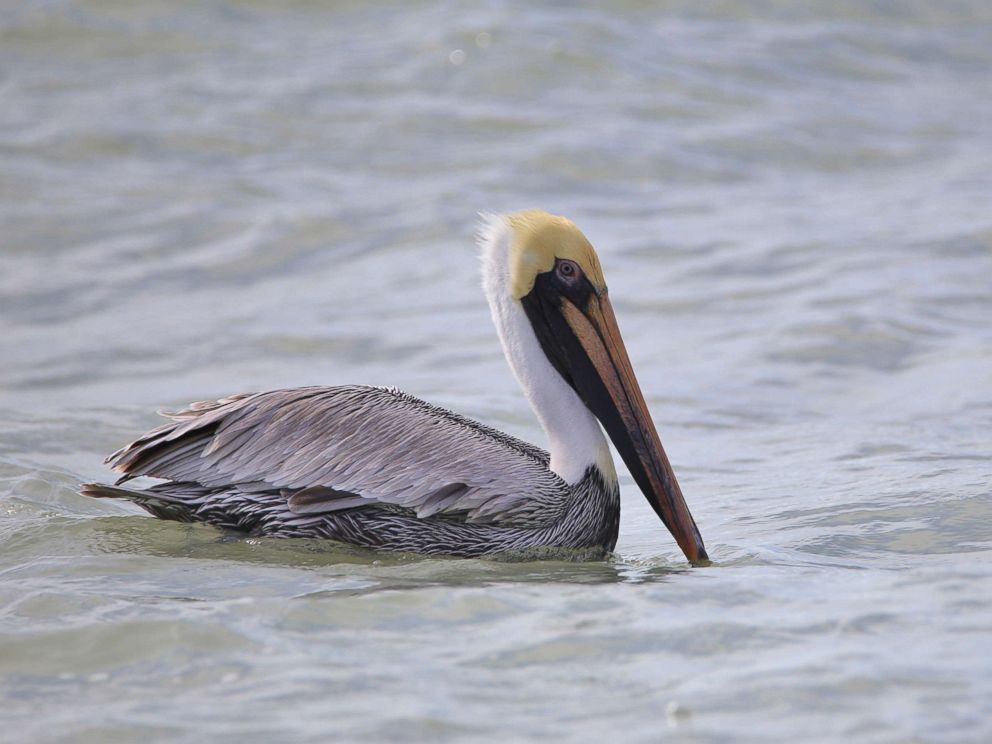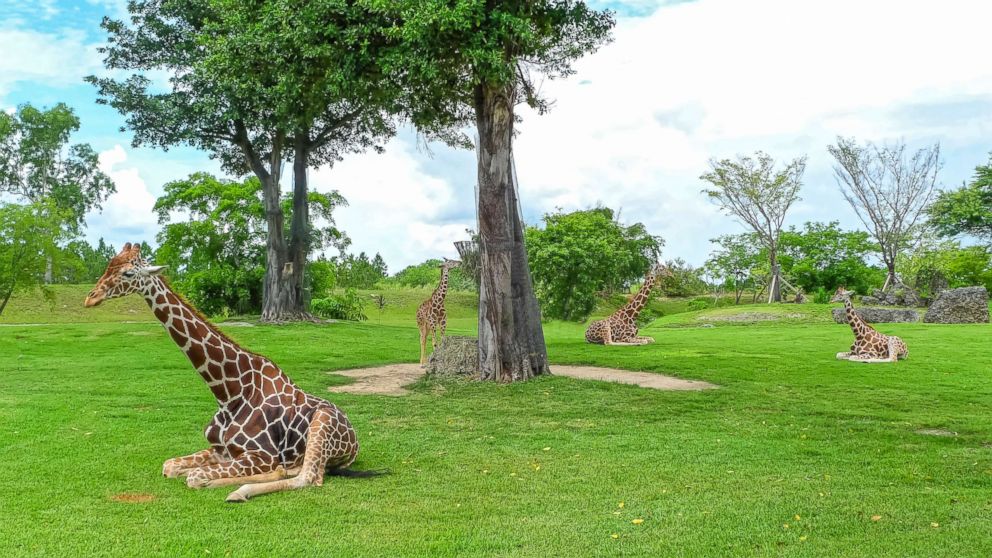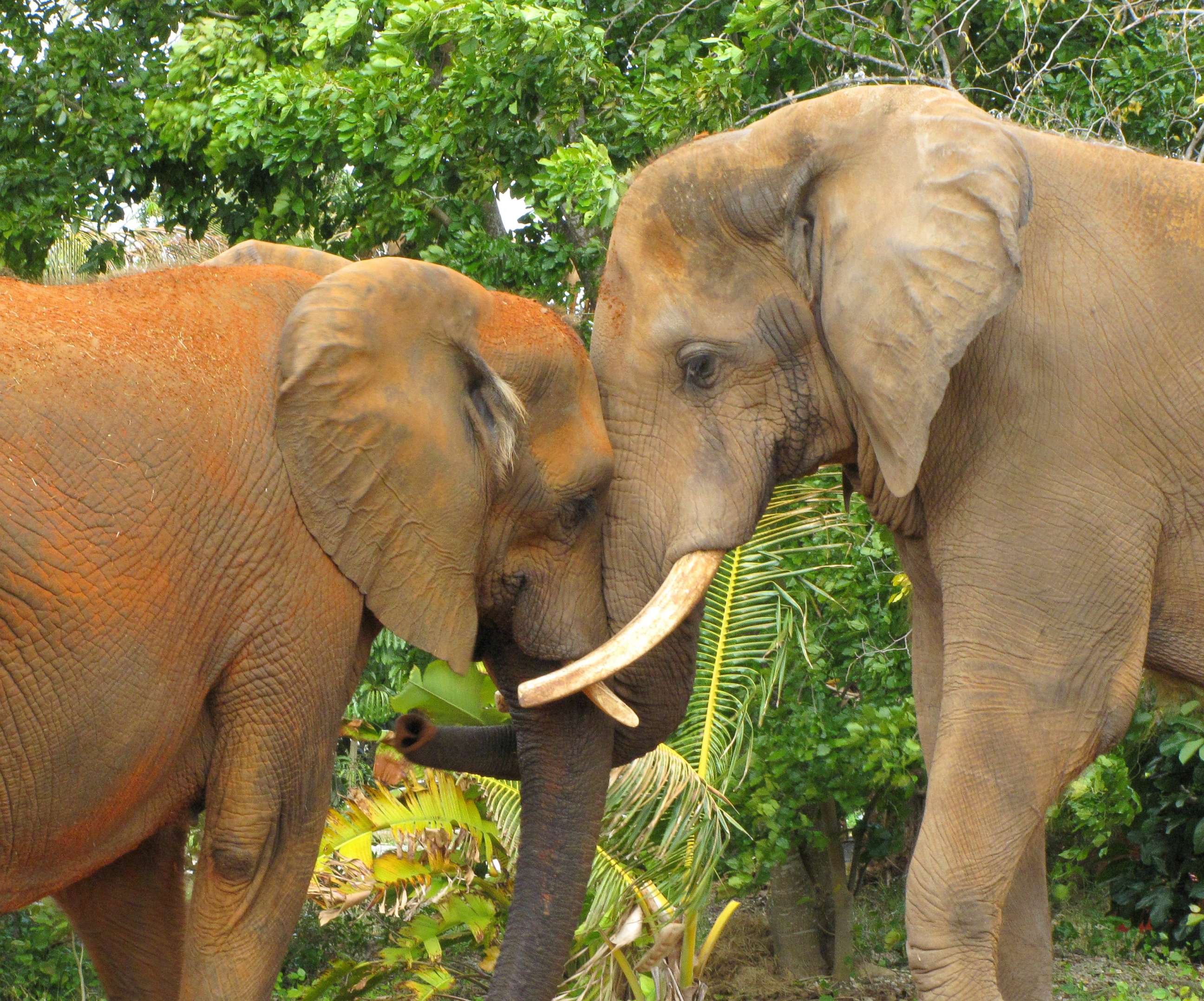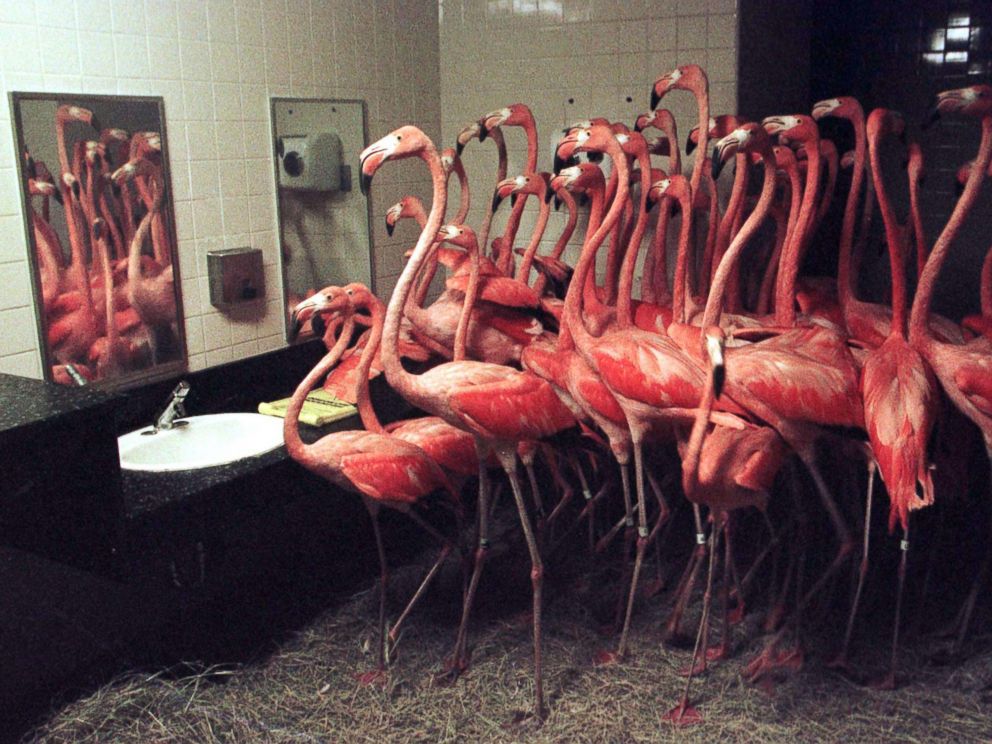Nesting sea turtles are on Florida's frontlines as Irma nears
The damage wrought by the storm won't only affect people.
— -- When Hurricane Irma finally dissipates, the damage wrought by the storm won't only affect people.
The Category 4 storm, which ravaged the Caribbean and is expected pummel Florida this weekend, displaced and devastated habitats and various species including turtles, parrots and iguanas, multiple experts and a federal government official told ABC News.
And as vulnerable southern Florida residents heed Gov. Rick Scott's plea to flee Hurricane's Irma's ire, a record high 19,000 turtle nests laid this year along an almost 10-mile stretch of beach may not survive Irma's powerful winds and surging tides.
The storm's threat caused one turtle hospital in Florida to move all of their patients.

By Thursday evening, 40 or so turtle hatchlings and 10 wounded fully grown and young adult sea green, loggerhead and leatherback turtles were transported from the Loggerhead Marine Life Center in Juno Beach for a sojourn at the ritzy Georgia Aquarium.
"We made the decision to take all of those turtles to the Georgia Aquarium where they will still be getting the critical care they need," Hannah Deadman, a spokeswoman for the center, told ABC News.
The move was a departure from last year's safety measure for Hurricane Matthew, which was to dry-dock the turtles.
"There's just more in store with Irma," Deadman said.
The turtles, many of whom were saved from ghost nets or boat strikes, or suffer from chronic debilitation syndrome (CDS) -- the turtle equivalent of the flu -- will be enjoying new digs.
The future is much more dismal for the thousands of turtles nesting along beaches running from northern Palm Beach line through John D. MacArthur Park.
"Some of those nests, especially those closest to the water will get washed out," Deadman said. "The eggs can get scattered and that leaves them not viable."
All of them, be it sea green, loggerhead or leatherback, are already left to fend for themselves, Deadman said, because after a female lays her eggs she returns back to the ocean.
Normally, that would mean fending off being hunted by fire ants, racoons, crabs and sea birds, not a massive storm.
The silver lining, Deadman said, is that the nesting season's peak has already come and gone.
"Since we're outside peak nesting season, we’re not going to have as much loss as if the hurricane came in July," she said.
The disruption in the turtle population around Florida is cause for concern but also some hope too.
"That's the thing about nature, it always has a way of working itself out," Jeff Fleming, of the U.S. Fish and Wildlife Service's Southeast Region, told ABC News.
Fleming marveled at the turtles who hatch and nest along a Florida beach, and after decades roaming the globe, return back to their birthplace.
"They're pretty doggone smart," he said.

Hurricanes are common enough in Florida, meaning these creatures adapt, Fleming said.
"What they do is hedge their bets," he said. "Even if a storm hits at some juncture during the nesting season some of those will incubate successfully."
He added: "No storm season is a total loss."
Perhaps most troublesome, Fleming said, is the effects Irma may cause to the habitats of the regions hit the hardest.
"Beaches could be eroded; depending on the turn of the storm, marshes can be damaged because a nasty hurricane you can get a lot of saltwater," he said.
Already, Irma is responsible for causing authorities in Puerto Rico to protect endangered parrots who live in the El Yunque National Forest on the main island's eastern edge, according to a U.S. Fish and Wildlife Service release.
"We’ve already been doing a lot for parrots," Fleming said of the parrots who were sheltered inside of a hurricane-proof aviary built a decade ago.
Still, the effects of Irma on the wild parrot population have yet to be assessed.
"But birds generally have the wherewithal to move out of harm's way," Fleming said.
However, the storm's lethal effects have left apparently left a "critically endangered" species of iguana in question.
There are only around 500 Anegada iguanas -- named after the British Virgin Island Anegada -- left, and a facility to transition newborns into the wild took a beating, according to conservation biologist Kelly Bradley of the Fort Worth Zoo in Texas.
She said the small island benefits greatly from these animals whose numbers dwindled to the hundreds after being killed by invasive predators like cats.
"They're really important parts of this ecosystem," she said. "The plant community will suffer if that iguana species is lost to this hurricane."
The endangered plant black sage is specifically at risk.
"They're major seed dispersers and replant the forest," she said.
They do this by swallowing leaves and berries whole and regurgitating them.
"Seeds that go through iguana gut germinate faster and have a higher survivorship as a seedling," she said.
Her Fort Worth Zoo colleague Diane Barber said Irma isn't all that bad when it comes to some animals.
"I kind of feel a little guilty being excited there was a hurricane," she said, noting that the heavy tropical depressions caused by Irma drive the Puerto Rican crested toad to procreate.
The population today stands at 3,000.
But only years ago the species had dwindled to a few hundred.
They thrive on the U.S. island territory but to keep the population flourishing, the toads' eggs are incubated at 19 zoos on the mainland.
And when a hurricane or tropical storm form, Puerto Rican crested toads are the benefactors.
"They're explosive breeders," Barber said.
With enough rain, ponds will form and the males will go searching for mates.
"With just 3 inches of rain they sense it and they will migrate over to the water about 3 miles away and breed," she said.
That isn't to say the catastrophic storm conditions won't do extensive damage to these creatures.
"If there's massive waves or tidal surges, these toads need to breathe through their skin, and salt prevents them from doing that," Barber said. "They're so close to the beach that if the storm surges it will kill many of the tadpoles."

Meanwhile, for animals in captivity Hurricane Irma will change up their routines.
John Brueggen, who runs the St. Augustine Alligator Farm in St. Augustine, Florida, said his staff is rounding up every bird and monkey into closed spaces.
As for venomous snakes, told ABC affiliate WJXX "they all go in a pillow case that’s tied or zipped shut. They can breathe fine. It’s a dark place, calms them down," he said. "Then they go in a locked box, like a tool box with air holes.
"And they stay inside a super strong building … like they did during Hurricane Matthew."
If water breaches his farm's fences, the alligators, Brueggen said, "may go with the water.
"But we’ve been here 125 years and we’ve never had that problem," he said. "So knock on wood, we won’t have it again this time."

At the Central Florida Zoo, animals are being fit into crates and "nighttime quarters," director Dino Ferri told ABC News.
He said a team of three zoo staffers will be sleeping on the zoo grounds when Hurricane Irma strikes.
"As soon as it passes we go out in three-man teams to assess," he said.
The biggest threat Ferri cited beyond water intrusion is if a tree falls on a structure.
"There's only so much we can do," he said.
But he's confident the zoo's block concrete buildings will hold up against Hurricane Irma.
"It will take an act of God to knock them down."




